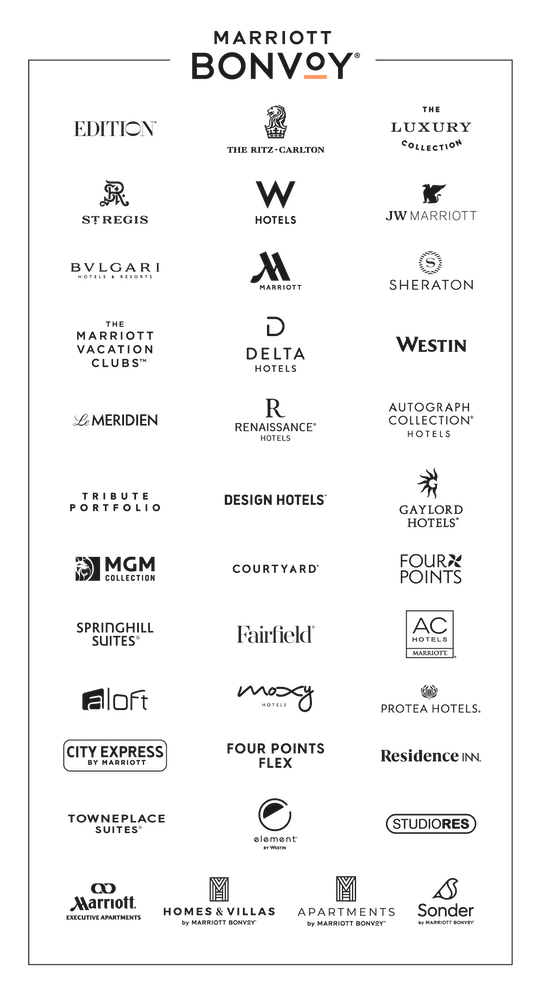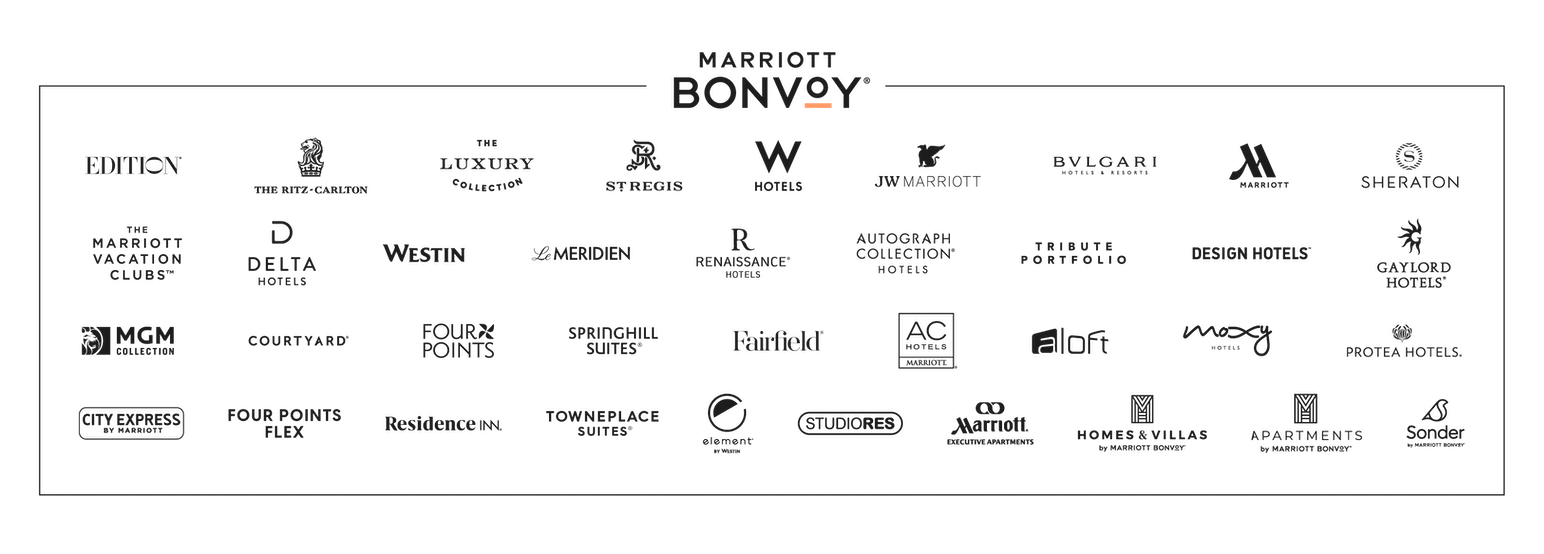Icebreakers for Meetings, Reimagined
Traditional icebreakers can feel forced or superficial. But not all icebreakers are created equal. Adrian Segar, author of “Conferences That Work: Creating Events That People Love,” suggests that instead of just breaking the ice (a term that has a negative connotation when you really think about it), planners should aim to uncover useful connections and insights from the start.
“The concept of icebreakers goes back to when meetings were full of people who didn’t know each other,” Segar explains. “People still struggle with how to connect in a useful fashion. That’s why we’ve invented ways to give people an excuse to talk.” Rather than relying on generic conversation starters, Segar believes that planners should design icebreakers that help attendees discover what they have in common, whether it’s geography, industry experience, or shared interests.
The Magic of Movement-Based Icebreakers
Too often, icebreakers feel like an obligatory exercise rather than a valuable part of an event. To make them more effective, Segar emphasizes the importance of activities that get people moving. Here are three active icebreakers you can try to engage attendees using this technique:
1. Body Voting
One of Segar’s go-to icebreakers is body voting, which gets people out of their chairs and into small groups that have an immediate common ground—where they’re from. “Say we’re hosting an event in Florida. I project a map on the screen and ask attendees to move to the part of the room that represents where they live or work. If they’re from Orlando, they stand near me. If they’re from the Northeast, they’ll be north of me. In just minutes, they find themselves standing near colleagues from their own region who they may never have met otherwise.”
This activity provides instant value. Not only does it ease the tension of being in a room full of strangers, but it also helps attendees immediately identify potential collaborators or mentors. Body voting can be adapted for different themes, such as company roles, years of industry experience, or interest in specific topics.
2. The Human Spectrogram
For events focused on industry trends or challenges, for instance, Segar suggests having people position themselves in the room based on their viewpoint. “If the topic is pharmacy benefit managers, I might ask attendees who think PBMs are great to stand on one side, while those who see them as a challenge go to the other. Those in the middle arrange themselves accordingly. This quickly reveals where people stand on key issues and sets the stage for meaningful dialogue.”
3. The Experience Line
The experience line helps participants express their expertise physically. “If attendees have different levels of experience with a topic, they can arrange themselves in a line from ‘newcomer’ to ‘expert,’” Segar says. “This allows people to visually see where they fit within the group and naturally sparks conversation.” It also lets planners update their breakout sessions if necessary.

Creating an Adaptive Event Experience
While structured icebreakers are helpful, Segar stresses the importance of flexibility. “A good facilitator doesn’t just follow a script, they adjust based on what the attendees actually want to learn,” he says. One way to do this is through a simple three-question exercise:
- What is your name and affiliation?
- If this event were to be amazing for you, what would you gain from it?
- What expertise or experience do you have that others might find useful?
This approach helps uncover hidden knowledge and expectations in the room and allows organizers to tailor discussions based on attendee interests. “Sometimes, someone will mention that they’ve been working on something really innovative for the last year, and that turns into an impromptu session later in the event,” Segar explains. “It makes the program feel like it’s been optimized for the people in the room.”
The Ultimate Bonding Experience
Because these icebreakers aren’t your standard fare, some attendees might initially balk at them. Rather than over-explaining why these techniques work, Segar suggests simply letting people experience them. “What I’ve learned is that if people ask for a rationale for why you’re doing something, it’s easier to have them do it and discover its value than to explain why it works. And if people don’t like doing this activity, well then, it gives them something to bond over.”

